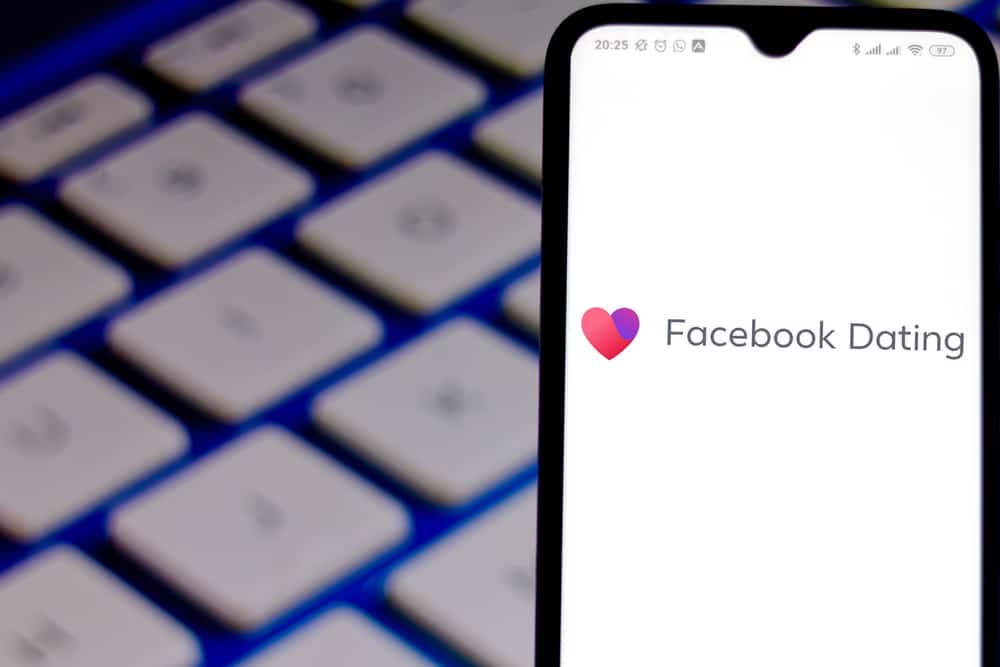Phone Area Codes to Watch Out For in 2024
Michelle Wilson - January 6, 2024

Phone scams are at an all-time high, with unwanted calls being the top consumer complaint reported to the Federal Communications Commission. Approximately 74 million scam calls are made daily, leaving many people suspicious of unknown numbers. Phone area codes to watch include country and local US state area codes, depending on the scammer’s contact method. Recognizing the most common state and country area codes malicious actors use to trick unsuspecting people can safeguard your identity and protect you from fraud.
Most phone carriers will offer automatic spam protection to customers, which is the first filtering step in fraudulent calls. Unfortunately, many scam artists will trick the network by using local area codes or foreign country codes that imitate legitimate US phone numbers.
Table of Contents
Most Common Country Codes for Scams
The most common country codes scammers use include Russia (+7), India (+91), Pakistan (+92), Tunisia (+216), Sierra Leone (+232), Nigeria (+234), Bahamas (+242), Antigua (+268), Albania (+355), and Belarus (+375).
Most Common State Area Codes for Scams
Spoofing phone numbers allows a scammer to use domestic US area codes, regardless of the country of origin. Frequently, these callers will use Cleveland (216), Dallas (469), La Palma (657), New York City (332, 347, 646), Northern Minnesota (218), and Western Iowa (712) as the domestic number.
How to Identify a Potential Scammer with a Local Number
Scammers can spoof a phone number to look like a local business, which makes identification difficult. Phone carriers will often screen incoming calls to determine the probability of a scam. Risky numbers will show as “Spam Risk,” “Potential Spam,” or “Scam Likely” on the Caller ID. Although this screening is effective, monitoring can be complex when the malicious actor continuously changes the phone number.
Use a Background Check
When assessing a call from an unknown number, start with a background check to source the call’s origin. Investigating a phone number through a reputable background check website will offer the name, address, and any relevant social media profiles connected with the phone number. Users can enter the results into a standard background screening to uncover more information about the caller.
Block and Silence Unknown Callers on Your Device
IOS and Android phones allow users to block phone numbers they believe are coming from scammers. Both platforms will include call-blocking features enabling silencing incoming calls from unknown or suspicious phone numbers.
How to Silence Unknown Callers on Android Phones:
Open your Phone App on the device. Choose the three dots in the upper right corner and find the Settings option. Locate the Caller ID and Spam button under the Assistive section. Ensure the Filter spam calls toggle is on to block all potential spam calls automatically.
How to Silence Unknown Callers on iOS Phones
Open the Settings option on the device and find the Phone option. Scroll through the options and select “Silence Unknown Callers” from the menu.
Using Google’s Spam Filtering
Currently, Google’s spam filtering options can be oversensitive to spam callers. Users may need to adjust the setting if they miss legitimate communications from trusted numbers. Alternatively, users can turn off the spam filtering function and enable the “See Caller and Spam ID” option to screen calls as they come through the phone.
Research the Numbers on Social Media and Google
When a number consistently tries to reach you by phone, it’s easy to block the number on your mobile device. However, it may prove beneficial to research more about the scam by looking it up online first. Use Google’s advanced search commands to uncover who’s calling you. To get started, enter the phone number in quotation marks to see search results with the exact phone number that called you. Skim the results to determine whether the caller is genuine or a typical scam attempt.
Talk to Your Carrier About Spam-Blocking Tools
Although most phone service providers will have tools to limit scam numbers from contacting customers, they aren’t necessarily the highest security option. Contact your phone service provider to determine whether they offer additional spam protection outside the generic screening process.
What is the Do Not Call Registry?
The National Do Not Call Registry protects consumers from telemarketing calls within the United States. The Federal Trade Commission may fine companies caught violating this service, particularly for noncompliance. Anyone can add their number to the registry, but the FTC holds no jurisdiction in foreign countries. If a scammer calls you from outside the United States, there is nothing the FTC can do to stop the calls.
Adding your phone number to the Do Not Call Registry could help protect users from US-based telemarketers, but you’ll need additional safety measures to stop spam calls from foreign scammers.
Common Phone Scams
A phone scam will try to exploit curiosity, preying on a victim’s vulnerability. Most often, malicious actors will try to lure individuals into expensive international toll numbers. Alternatively, scammers attempt to receive sensitive information over the phone (name, account numbers, verification details). Here are the most common phone scams within the United States:
Ring and Run Phone Scam
This scam requires an unsuspecting victim to answer the call, waiting in line until they answer the call. When the call connects, the scam artist pretends to represent a local organization or business, frequently building urgency through time-sensitive information. Often, these malicious actors pretend to work for a doctor’s office, collection agency, or bail bondsman.
The scam artist tries to connect with the victim and pulls at urgency and curiosity. As the story unfolds, the scam artist will disconnect the call or request a callback. For many, this curiosity pushes the victim to return the call, racking up extreme toll fees.
Ring Once Phone Scam
The perpetrator will dial a victim and always ends the call before the individual answers the phone. Calls will frequently end early, commonly during the first ring. This method typically uses a robocaller or internet phone line, falsifying caller ID. The caller ID tries to appear legitimate, preventing concern or suspicion.
Occasionally, this scam tactic will have the same individual contacted multiple times to create a sense of urgency. As the victim returns the call, malicious actors will try to imitate local businesses and financial institutions or attach hefty tolls and fines to the call.
Conclusion
As phone scams continue, people should remain vigilant about the personal information disclosed, confirmed, or shared. Blocking unknown numbers through your mobile device should always be the primary step in safeguarding your information. Subsequently, research an unknown caller online or through reputable background check companies before returning the call. Investigating these details will protect your identity and personal information overall.












